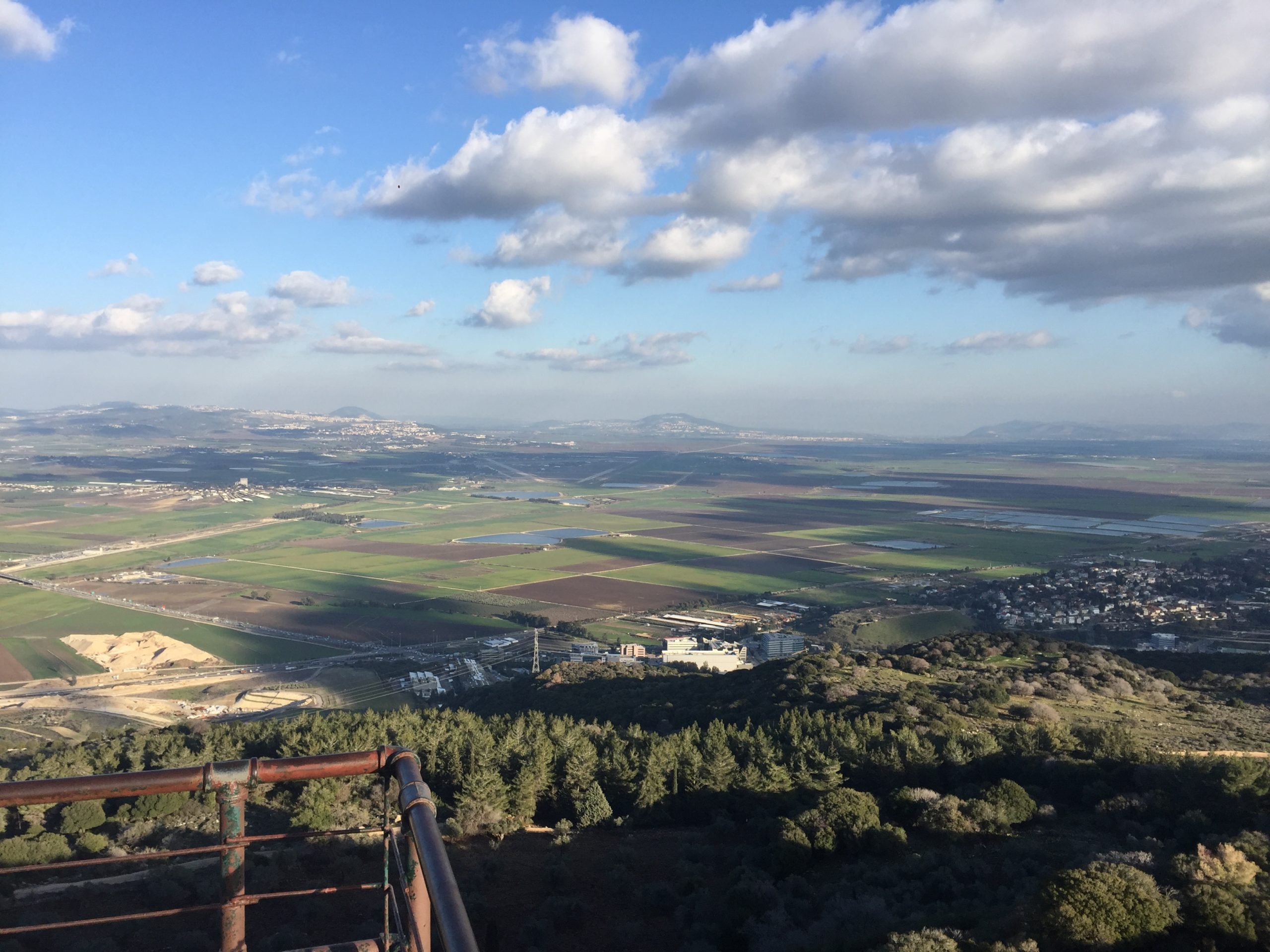
This morning, Jason, Lillian, Lizzie and I landed in Tel Aviv, Israel. We will be here for the next seven days, soaking in sights that make the pages of our Bible come alive.
In order to show you a snap shot of what we are seeing, I am going to post a picture each day so that we can “see” Israel together.
Today our bus climbed its way to the top of Mt. Carmel, the same mountain where Elijah called down fire from heaven to consume his altar and sacrifice and to defeat the prophets of Baal. We stood on top of the mountain as the late afternoon sun pierced through the clouds in the sky and glistened off the shores of the Mediterranean.
It is the same spot where Elijah bowed his head between his knees seven times and told his servant to look for rain after three long years of drought…and on the seventh try, he saw a cloud, as small as a man’s hand, come up from the sea and make its way toward the mountain.
It’s the same mountain where Elijah ran twenty-six miles in front of the chariot of King Ahab, all the way to Mt. Gilboa, across the Jezreel Valley, otherwise known as the Valley of Armageddon.
In the picture, from the vantage point of standing on top of Mt. Carmel, you can see the Armageddon Valley spread out in front of you, you can see Mt. Gilboa in the distance and the town of Nazareth to the left. In the middle of the Valley runs a major highway that used to be a road running straight from Nazareth to Jerusalem, a road that men and women for centuries walked, including Jesus.
This Valley holds history from the stories of Gideon, Saul, and the witch of Endor, David, Jacob, Abraham, Jesus, and Elijah. It is a place where the past runs rich with the fertile soil of men and women whose roots are in the Bible, and it designates the future battle with the kings of the earth that John foresaw in the last chapters of Revelation.
Linger with me for a few moments and let your eyes look over the Valley of Armageddon, a place where we not only have a past, but as the people of God, we have a future.

